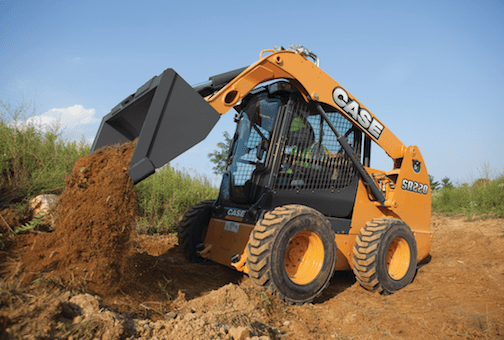
Identifying hazards
An important part of the safe excavation practices is identifying potential risks. The competent person for the excavation project in Kelowna must be able to identify risks and implement corrective actions as necessary. This person must have the authority to stop work until the problem is addressed. They should also be familiar with different types of trench safety protection and how to apply them. Listed below are some tips to help you identify excavation hazards. They may also include equipment and tools that can help mitigate risk.
Listed below are some common safety hazards that must be avoided. Identifying hazardous atmosphere is a must. In addition to exposure to hazardous airborne chemicals, workers should be aware of buried service lines. These lines can include natural gas, water, sewage, and telecommunications. You should also be aware of possible electrical hazards while working in excavation sites. When possible, store materials at least two feet from the edge of the excavation area.
Precautions to take
Before you begin your excavation, make sure to check for underground utilities. This may prevent you from accidentally digging into a live service. You should also make sure to keep excavated soil and heavy equipment at least two feet away from the edges of the trench. Identifying and contacting utility representatives is time well spent. You can also test for atmospheric hazards like toxic gases, hazardous fumes, or water intrusion. Also, ensure that you never work under suspended loads or in areas exposed to vehicular traffic.
Digging requires a lot of twisting, bending, and engaging muscles. Always warm up before starting a digging project. Always have water close by and take breaks. Make sure to check utility maps before starting your excavation, as locate marks and flags can vary from the actual locations. If you are not sure, take a picture of the area. If you do find utility lines, don’t move them until you are sure they’re not affected. Call 911 if life-threatening damage occurs.
Types of excavations
There are two main types of excavations: unclassified and classified. Unclassified excavations are those where a single layer of soil is removed from the surface of another. This is done for a variety of reasons, including preparing the surface for building foundations or embankments. These types of excavations are usually shallow in depth, with depths of just a few inches to several hundred millimeters. However, there are times when larger quantities of soil are excavated.
Topsoil excavations are the easiest to perform compared to rock excavations. Topsoil excavation involves the removal of vegetation and decaying matter that make soil unsuitable for construction. Muck, for example, is the sediment-like material that is found at the bottom of a marsh. Its loose consistency makes it impossible to erect a foundation. However, when topsoil excavation is needed for a construction site, the muck can be removed and the topsoil spread to dry.
Identifying contexts
Identifying contexts is a crucial part of archaeological research. A good way to determine a context is by the materials found during excavation. For example, the JBH 25 context was a rich source of bricks, mortar, and charcoal, but there were also pockets of mortar. The corresponding finds were pink post-1830 sponge decorated white ware. In the same way, the soil was light in color and loose.
Archaeologists often work in phases by selectively excavating a site and revealing contemporaneous horizons. This method helps to preserve as much information as possible without disrupting the existing record of history. There are different methods for accomplishing this, such as the open area method, which stresses a broad exposure of architecture and enables mapping of the site as it is revealed. The method can also be based on the morphology of the site.
Contributed by: Kelstone Contracting in Kelowna BC- Foremost experts in Excavation and landscaping.
Kelstone Contracting
2951 Richter Street,
Kelowna BC V1Y 2R8
Phone 250-212-6099
